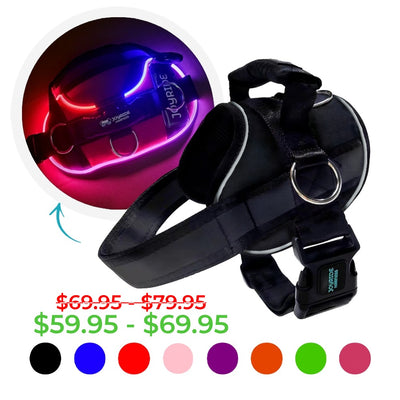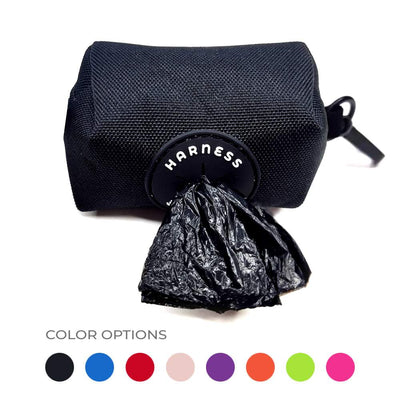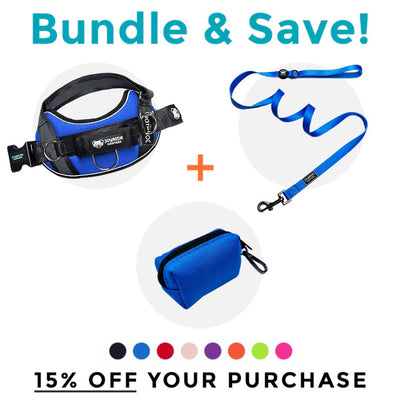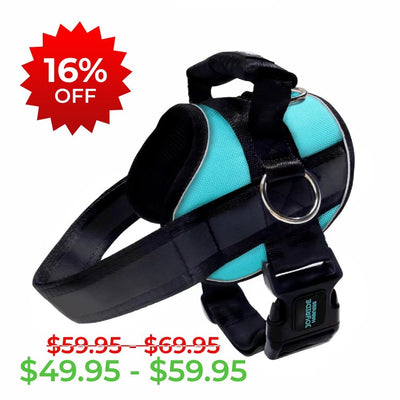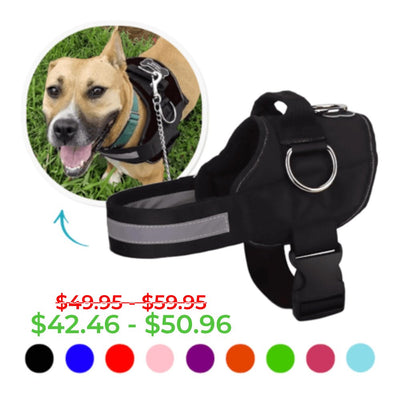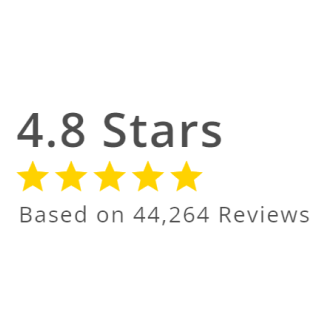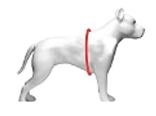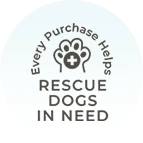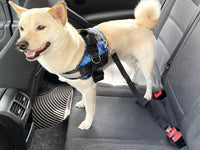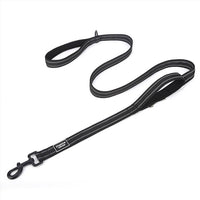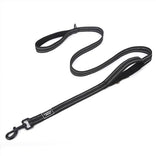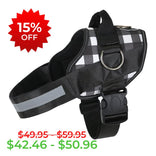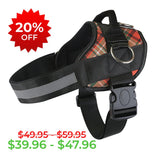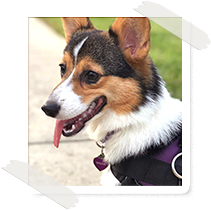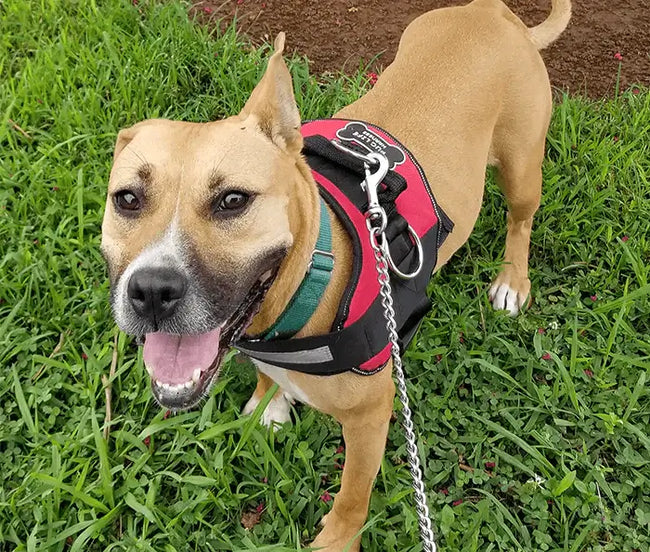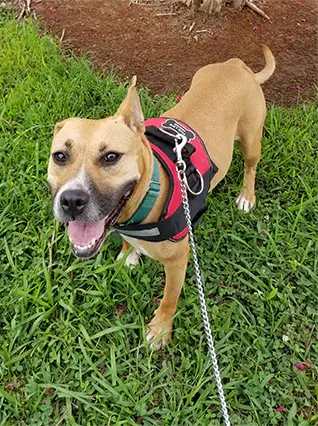How To Care For Your Dog's Tummy Aches at Home
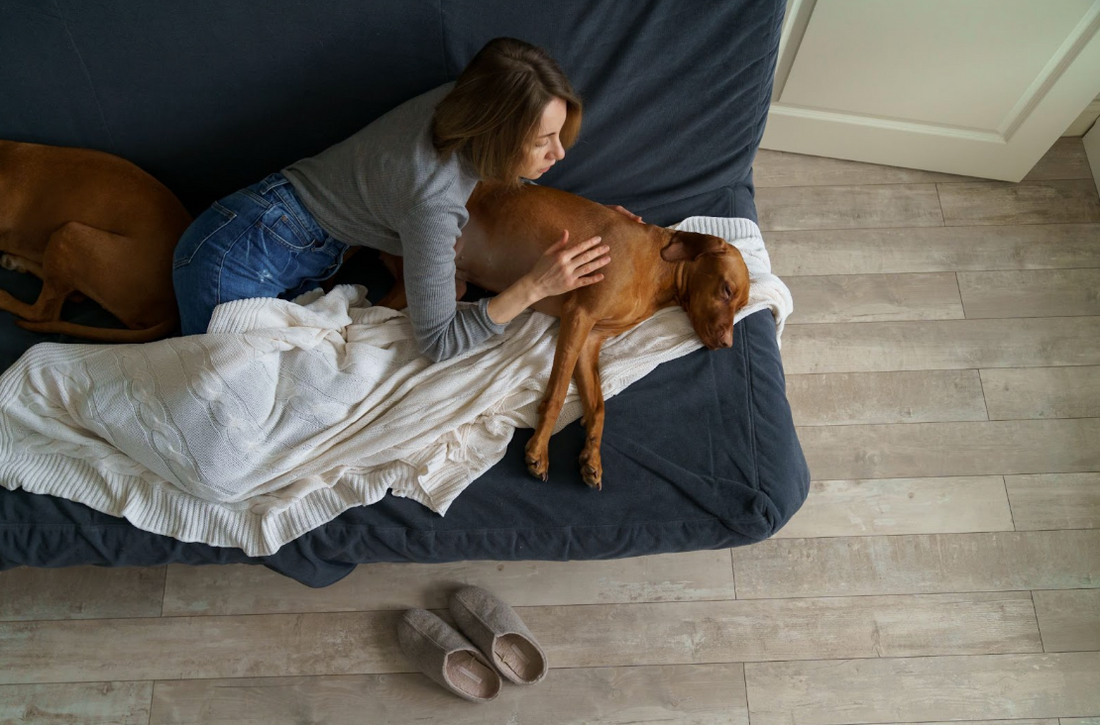
Your dog’s stomach health is important for their quality of life.
The trouble is when your dog has a tummy ache, what do you do to help them in that time leading up to the vet appointment?
You know that you’re not a medical professional. Neither are we! But we have something in common: the priority to make our dogs’ lives better.
When a tummy ache comes along, you jump into action. You call up the veterinarian and schedule an appointment. But what are you doing to help your pup feel better when you're off the call?
First thing’s first: What are the signs?
The most common symptoms of a dog with an upset tummy are:
- Loss of appetite
- Excessive gas
- Eating grass, excessive foraging
- Gurgling sounds from the dog’s belly
- Vomiting and diarrhea
- Foul mouth odor
- Burping and excessive thirst
- Dehydration
- Extremes of behavioral changes (depression, lethargy, etc)
What if it’s an emergency? What are those signs?
You should contact your vet or local emergency veterinary hospital immediately if your dog displays severe signs of illness such as repeated vomiting and diarrhea, bloody diarrhea, or fever.
Symptoms that call for an emergency visit include:
- Severe vomiting or sudden vomiting
- Abdominal pain accompanied by hanging its head, praying, or bowing
- Vomit that appears as though it has coffee grounds in it
- Vomit that looks a bit yellow with bile
- Vomit or stool that seems to have blood in it
- Lethargy and weakness
- Heavy drooling a lot and a mucous membrane that is jaundiced or yellow
- Pale-looking mucous membranes
Here are several simple tips for taking care of your dog’s tummy ache at home.

1. Switch from solid foods to bone broth.
Bone broth is packed with nutrients! You go for soup for nutrition when you’re sick with no appetite. The same practice can be applied to taking care of your pup. Because bone broth is exceptionally beneficial to dog gut health.
Have you heard of leaky gut? If not, good but you’ll want to know what it is just in case it happens to your dog. Leaky gut is when the microscopic holes that help nutrients pass through and benefit the body get too big. When these holes grow in size, it’s due to bacterial overgrowth, bad eating habits, and stress. They’re not supposed to get big because the Good, the Bad, and the Ugly toxins (or undigested food) will slip through and cause harm.
Bone broth contains gelatin which patches these holes up, preventing or reversing leaky gut. It’s a great option, so you know you’re not irritating your dog’s stomach with other foods.
2. Let your dog graze on the grass.
Eating and foraging are on the symptoms list for an upset stomach, but did you know that the behavior is helping them in this case?
According to VCA Hospitals, it’s a common assumption that canines eat grass to relieve upset stomachs. Evidence suggests that improving digestion, treating intestinal worms, or fulfilling some unmet nutritional needs are some of the reasons why dogs eat grass.
If your dog is doing this, consider letting them continue to do so.
WARNING: Be mindful of pesticides and other chemicals in the grass before letting your dog nom away.

3. Make sure they are comfortable and monitor them at all times.
This is a given, but with an upset stomach, your dog could use more comforts. Set up their kennel or bedding somewhere you’ll be able to watch closely. Try and round up their favorite plush toys and keep a water bowl nearby for them. Maintaining hydration is vital for an upset pup stomach.
It’s hard to know when the next stomach ache will strike! As a dog parent, you can do the following to help keep them away.
- Regularly take your dog to the vet: Ongoing checkups ensure that your dog is doing well and can help find things you don’t notice.
- Reevaluate your dog’s diet: Your food might not be a risk right now, but your dog’s body might think differently over time. Consult with your vet or a dietician for dog food.
- Exercise: Regularly exercising your dog can keep them healthy and on track. Joyride Harness is an excellent choice for small dogs, big dogs, powerful dogs, and escape artists It is a no-pull dog harness, and with the perfect fit, you can avoid losing your dog on walks.
- Hydrate: It's essential to keep your dog hydrated to maintain bodily functions. Note: While they have an upset stomach, drinking too much water may worsen your dog's tummy.

For more doggie photos and pup-related fun, follow us on Instagram at @joyrideharness. And for a more detailed blog post about finding the best size dog harness for your pup, check out this blog post!

